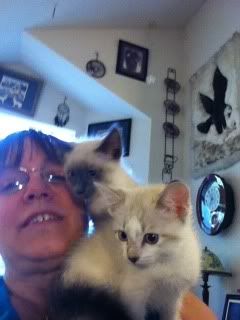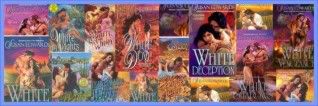We’ve talked a bit recently on this blog about the process of writing historical fiction and the importance of getting the facts right. But do we? Take Admiral Lord Nelson, for example. Now there’s a man worthy of the hero accolade in ever I knew of one and yet he was only five foot six tall. That wasn’t considered below average in his day and yet have you ever read a Georgian or Regency romance with a hero that short? Thought not.
How about an ugly hero come to that, or one with a squint, male pattern baldness, missing limbs or bad breath. I’ve yet to read of a hero who’s human enough to possess any such realities of life. I'm sure there are some. Go on them, set me straight. But until you do, I'm sticking my neck out and saying that I’ve seldom encountered a hero who doesn’t top six feet, have a muscular physique, a full head of thick hair and thighs that look damned good in tight breeches.
Why is that, do you suppose?
Personally I reckon us girls ‘invent’ the sort of man we wouldn’t mind bumping into in a dark alley and then just add the features that do it for us. My heroes are always…well, tall dark and handsome. How stereotypical is that? In my own defence, some publishers do kinda insist upon hunky heroes, presumably because romances are predominantly read by woman and they’re supposed to fall in love with the guy.
Which leaves the poor old heroine to take the brunt of any physical shortcomings on offer. I mean, if every single historical romance had a handsome hunk playing the male lead and a drop dead gorgeous female with an hour glass figure sharing the limelight, things would get pretty boring. I’ve read books that feature heroines who are timid, (don’t try that one at home), plain enough to fade into the woodwork, myopic, flat-chested and even disabled. Daphne duMaurier’s wonderful novel The King’s General is a fabulous example of how that can work when handled with skill and sensitivity.
I’ve written a novel featuring a (shock, horror) overweight heroine. It’s a contemporary and tackles the misery of obesity, the scourge of the modern age. I have high hopes of finding a publisher for it but wouldn’t have dreamt of making the male lead a fattie.
See what I mean? It’s still a man’s world.










